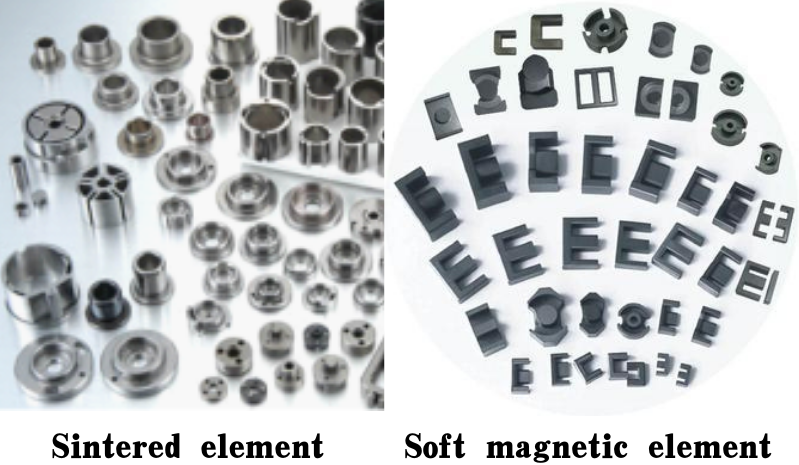
Exploring the Benefits of Bentonite Clay for Effective Pond Sealing Solutions
Bentonite for Sealing Ponds An Effective Solution for Water Retention
Bentonite, a naturally occurring clay mineral, has gained significant popularity in recent years for its use as a sealing agent in ponds and lagoons. Its unique properties not only make it an effective barrier against water infiltration but also enhance the overall sustainability of aquatic ecosystems. This article delves into the benefits, applications, and considerations of using bentonite for pond sealing.
What is Bentonite?
Bentonite is primarily composed of montmorillonite, a type of clay mineral that can absorb water and expand significantly. This swelling property is key to its effectiveness as a sealing agent. When applied in particular concentrations, bentonite forms a thick, impermeable layer that prevents water from seeping through the soil and losing valuable resources.
Benefits of Using Bentonite for Sealing Ponds
1. Water Retention The primary benefit of using bentonite is its ability to retain water. Bentonite clay can absorb many times its weight in water, creating a waterproof barrier that helps maintain pond levels even in periods of low rainfall. This is particularly advantageous for agricultural ponds that are essential for irrigation and livestock.
2. Cost-Effectiveness Compared to synthetic liners or other sealing materials, bentonite is often more cost-effective. It requires less maintenance over time, and its natural properties mean there are no environmental concerns associated with leaching harmful chemicals into the water supply.
3. Environmental Compatibility Being a natural material, bentonite is environmentally friendly. It does not disrupt the local ecosystem, making it suitable for use in wildlife habitats and conservation projects. Its non-toxic nature ensures that aquatic life remains safe and unaffected.
4. Ease of Application Bentonite is relatively easy to apply. It can be spread over the pond's surface or mixed into the soil of the pond bottom. Once wetted, it expands and fills any gaps, creating a seal that can last for years.
5. Versatility In addition to pond sealing, bentonite has numerous applications across various industries—including drilling, construction, and waste containment—making it a valuable resource.
bentonite for sealing ponds

Application Process
To effectively seal a pond with bentonite, several steps must be followed
1. Site Preparation The pond area needs to be cleared of debris and vegetation to ensure proper contact between the bentonite and the soil.
2. Bentonite Application Depending on the size of the pond and the soil conditions, the appropriate amount of bentonite is calculated and spread evenly across the surface. For best results, typically 1-2 pounds of bentonite per square foot is recommended.
3. Mixing and Watering Once applied, it is crucial to mix the bentonite into the soil for better bonding. Following this, the pond should be filled with water to activate the bentonite's swelling action, establishing a strong seal.
4. Monitoring and Maintenance After the initial sealing, regular monitoring is essential to ensure water levels are maintained and that the bentonite has performed its function effectively.
Considerations
While bentonite is highly effective, it is essential to consider soil type and conditions before application. Sandy or highly permeable soils may require additional amounts of bentonite, whereas clay soils might need less. Conducting a thorough soil analysis can provide insights into the type and quantity of bentonite suitable for specific applications.
In conclusion, bentonite serves as an excellent solution for sealing ponds, promoting water retention, and enhancing environmental sustainability. Its natural properties, ease of application, and cost-effectiveness make it a preferred choice for many pond owners and agricultural operators. By understanding and implementing bentonite effectively, we can ensure that our valuable water resources are preserved for generations to come.
Share
-
Premium Pigment Supplier Custom Solutions & Bulk OrdersNewsMay.30,2025
-
Top China Slag Fly Ash Manufacturer OEM Factory SolutionsNewsMay.30,2025
-
Natural Lava Rock & Pumice for Landscaping Durable Volcanic SolutionsNewsMay.30,2025
-
Custom Micro Silica Fume Powder Manufacturers High-Purity SolutionsNewsMay.29,2025
-
Custom Mica Powder Pigment Manufacturers Vibrant Colors & Bulk OrdersNewsMay.29,2025
-
Custom Micro Silica Fume Powder Manufacturers Premium QualityNewsMay.29,2025






